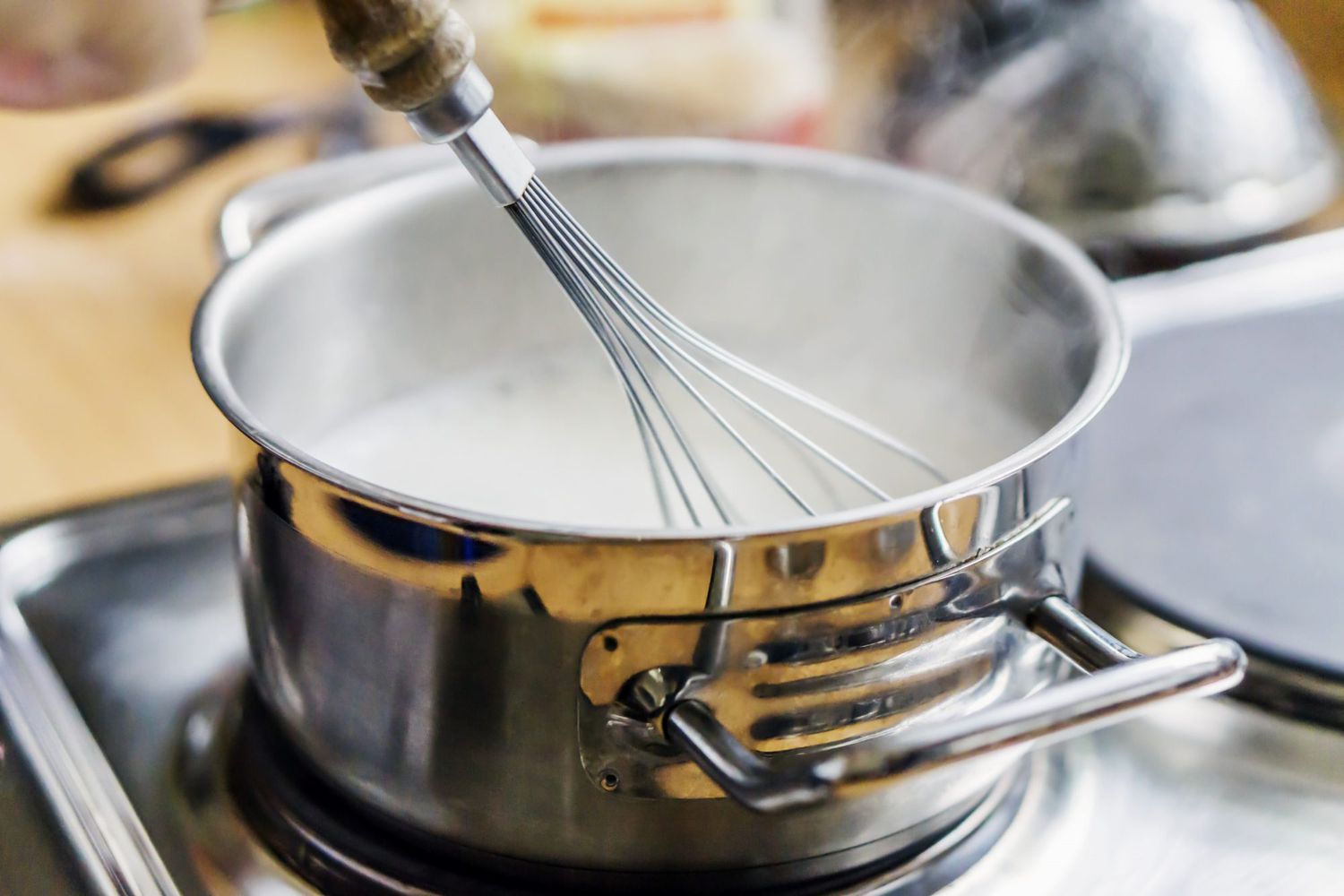A Beginner's Guide: How to Scald Milk Properly
Scalding milk is a simple yet essential technique in cooking and baking that involves heating milk to just below its boiling point. This process helps to kill bacteria, deactivate enzymes, and enhance the texture and flavor of various recipes. In this comprehensive guide, we'll walk you through the step-by-step process of scalding milk effectively.
1. What is Scalded Milk?
Scalded milk refers to the process of heating milk to around 180°F (82°C) or just below its boiling point. At this temperature, the milk forms small bubbles around the edges of the pot or container without actually boiling.

how to scold milk
2. Why Scald Milk?
Scalding milk serves several purposes:
- Safety: Scalding milk helps to kill any harmful bacteria present in the milk, making it safer to consume, especially in recipes that require raw or unpasteurized milk.
- Texture Enhancement: Scalding milk alters its protein structure, resulting in improved texture and consistency in recipes such as custards, puddings, and sauces.
- Flavor Development: Heating milk releases certain compounds that enhance its flavor profile, contributing to a richer and more complex taste in baked goods and beverages.
3. How to Scald Milk: Step-by-Step Guide
3.1. Choose the Right Equipment
Select a heavy-bottomed saucepan or pot to prevent the milk from scorching or sticking to the bottom during the heating process.

how to scold milk
3.2. Pour the Milk
Pour the desired amount of milk into the saucepan, ensuring that it fills no more than two-thirds of the pot to prevent overflow.
3.3. Heat the Milk
Place the saucepan over medium heat and gradually heat the milk, stirring occasionally with a wooden spoon or silicone spatula to prevent scorching.
3.4. Monitor the Temperature
Use a kitchen thermometer to monitor the temperature of the milk closely. Once it reaches around 180°F (82°C) or until small bubbles begin to form around the edges of the pot, remove it from the heat immediately.
3.5. Cool and Use as Desired
Allow the scalded milk to cool slightly before incorporating it into your desired recipe. Use it in custards, puddings, sauces, baked goods, or any other recipe that calls for scalded milk.
4. Tips and Tricks
- Stir Frequently: Stir the milk occasionally while heating to ensure uniform temperature distribution and prevent it from sticking to the bottom of the pot.
- Avoid Boiling: Be cautious not to let the milk boil, as this can lead to undesirable changes in texture and flavor.
- Use Fresh Milk: Start with fresh, high-quality milk for the best results in flavor and texture.
- Patience is Key: Take your time and heat the milk slowly over moderate heat to achieve the desired temperature without rushing the process.
5. Conclusion
Scalding milk is a simple yet crucial technique that can elevate the texture, flavor, and safety of various recipes. By following the steps outlined in this guide and exercising patience and caution, you can master the art of scalding milk and enhance your culinary creations with this essential cooking skill. So, go ahead, heat up that milk, and enjoy the delightful results in your favorite dishes and baked treats!